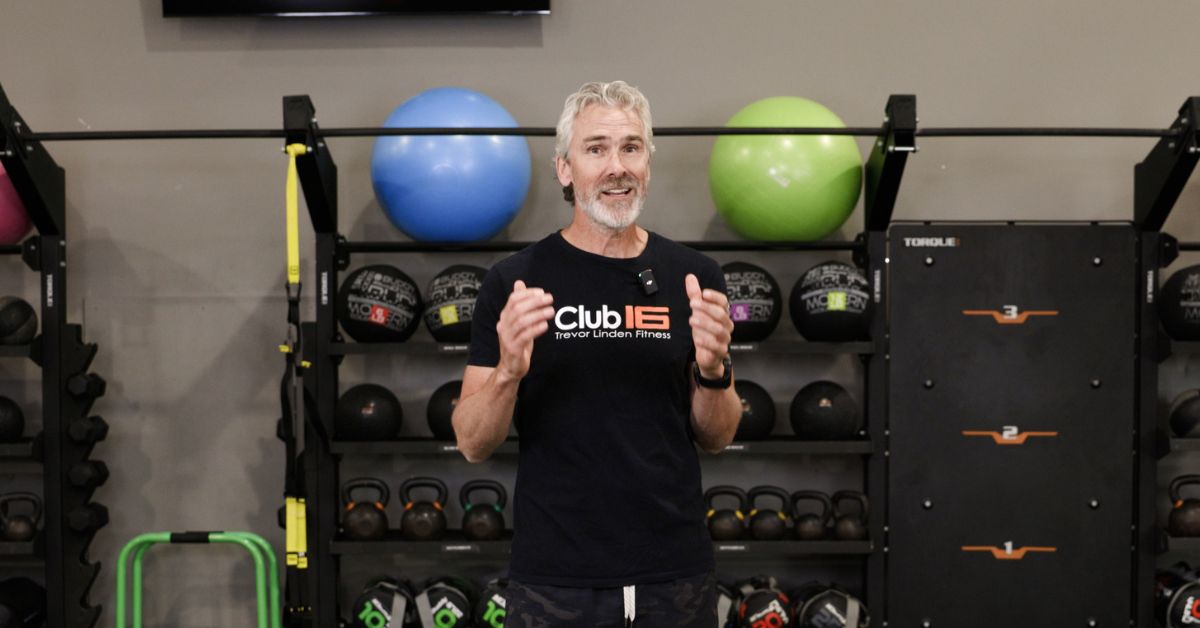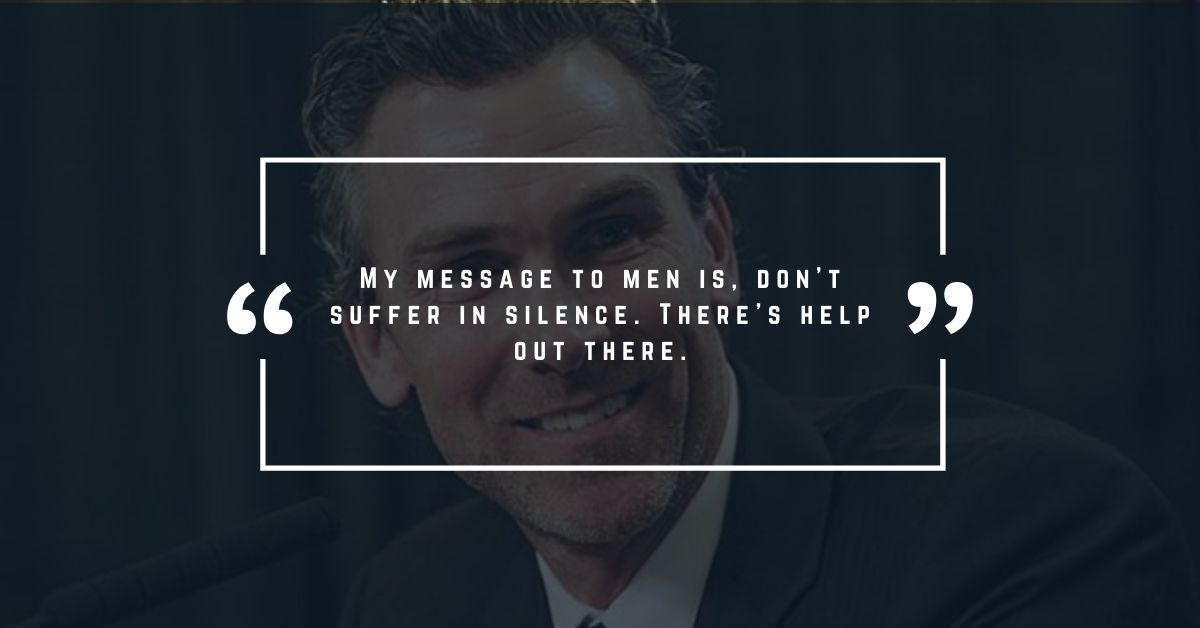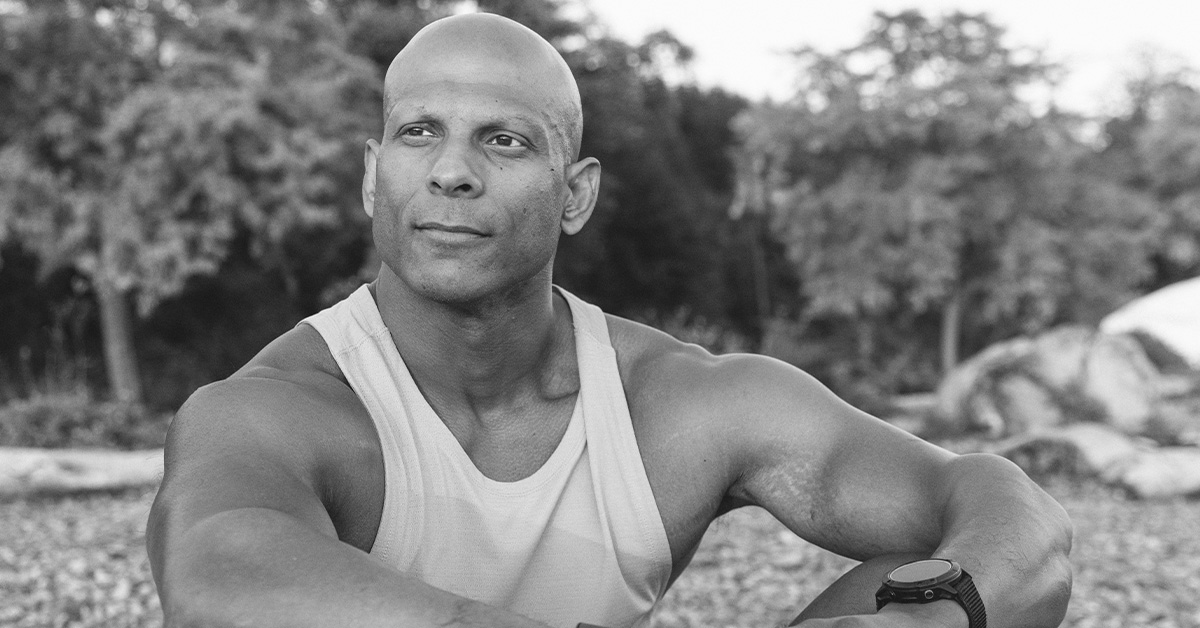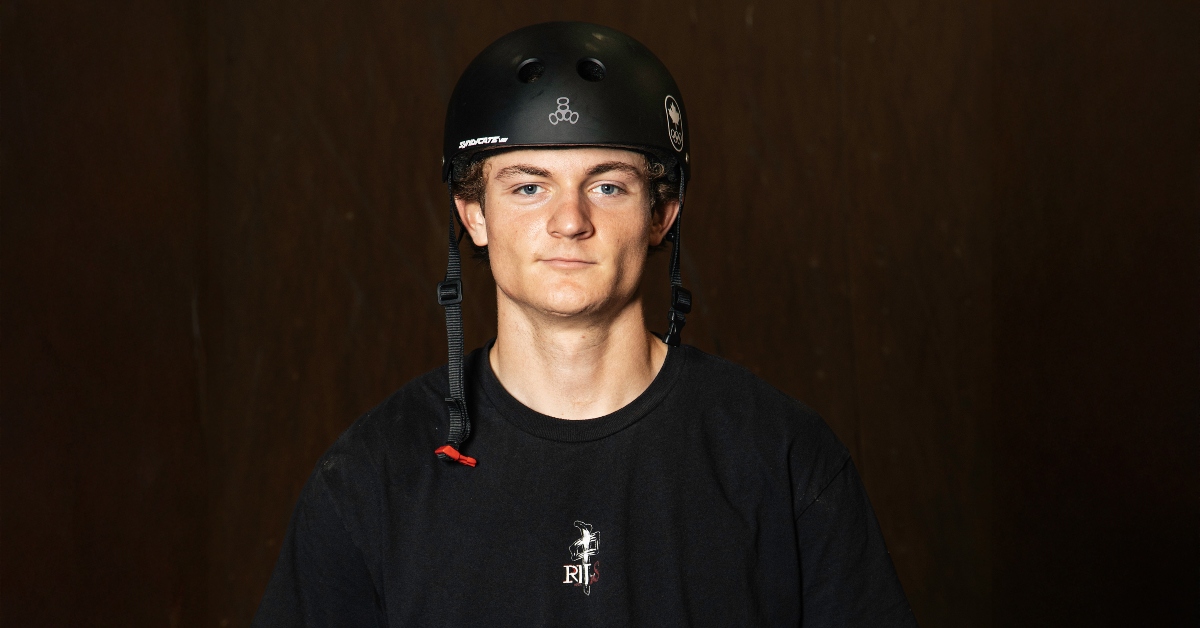If you work at a desk all day, you know the feeling all too well: hours go by as you type, click and stare at your computer screen. Before you know it, you’re slumped into your chair, your back is stiff, your legs feel heavy, and you haven’t moved much all day.
But there is light at the end of the tunnel: experts say you don’t need to carve out a full hour at the gym to fight the effects of sitting all day. Instead, you can try something called “exercise snacking” – short bursts of movement spread throughout the day. It’s like giving your body little snacks of activity instead of one big workout meal.
Got 3 minutes? That’s all it takes.
“Moving more throughout the work day may not only improve physical health but also has the potential to positively impact mental health and work productivity,” said Dr. Matthew Stork, a former postdoctoral fellow at the University of British Columbia’s (UBC) School of Health and Exercise Sciences.
Why exercise snacks work
The idea of exercise snacks comes from research on high-intensity interval training (HIIT): short periods of hard exercise with breaks in between. Normally, HIIT sessions might take 10–25 minutes. But scientists wondered: what if you spread those short bursts of exercise across the day, instead of doing them all at once?
The answer: it works.
A UBC Okanagan study compared people who did three short bursts of stair climbing in a single workout with people who did the same bursts at different times of the day. After six weeks, both groups had similar improvements in fitness.
But the results showed that 71 per cent of participants preferred completing exercise snacks throughout the day instead of doing all their exercise in a single session. What is more, those who completed the exercise snacks were seen to be less fatigued by the short periods of intense exercise.
Even better, these tiny workouts help fight the health risks of sitting too long. Sedentary behavior is linked to problems like obesity, diabetes and heart disease. But breaking up sitting time with short bursts of movement helps lower those risks while boosting energy and focus.
What counts as an exercise snack?
You don’t need fancy gear or even workout clothes. The goal is to get your heart rate up for 20 seconds to a couple of minutes. Dr. Stork explains: “It can be as little as 20 seconds to a minute…if you can do five bouts a day, that’s great. If you can do three, that’s great too. Do something attainable and realistic.”
Some simple examples include:
- Climbing stairs for a minute or two
- Doing jumping jacks or jogging in place
- Quick sets of squats, lunges or push-ups
- A brisk walk around the block
And no, you won’t need a shower after. “Even though you’re getting your heart rate up, you’re not necessarily going to sweat,” said Dr. Stork.
Making exercise snacks a habit at work
Experts suggest setting reminders, like on your phone, computer or smartwatch, to get up every hour or two for a quick movement break. Some people even use apps that lock their screens until they move around.
Researchers say the key is making these mini-workouts part of your daily routine: like healthy breakfasts, coffee breaks or lunch breaks. And just think: if workplaces actively encouraged exercise snacks as often as meetings, offices could become healthier, more energizing and even more productive environments.
Here’s another one to try: our 3-minute morning workout with Trevor Linden, designed for busy mornings but great any time of day.
For those contemplating a change to exercise snacking, look at it this way: you’re not restructuring your day around exercise – you’re restructuring exercise into your day.
Bottom line: Reset your body and mind in minutes
If you spend most of your workday sitting, exercise snacking is a simple, science-backed way to reset your body and mind. Just a few minutes here and there can help you feel better, work more effectively and ultimately live healthier – no gym membership required!
So next time you step away from your desk to grab a coffee or bite to eat, add a quick stair climb or set of squats to your routine. Your future self will thank you.






Let’s Talk!
Did you enjoy this article? Let us know in the comments.
0 Comments